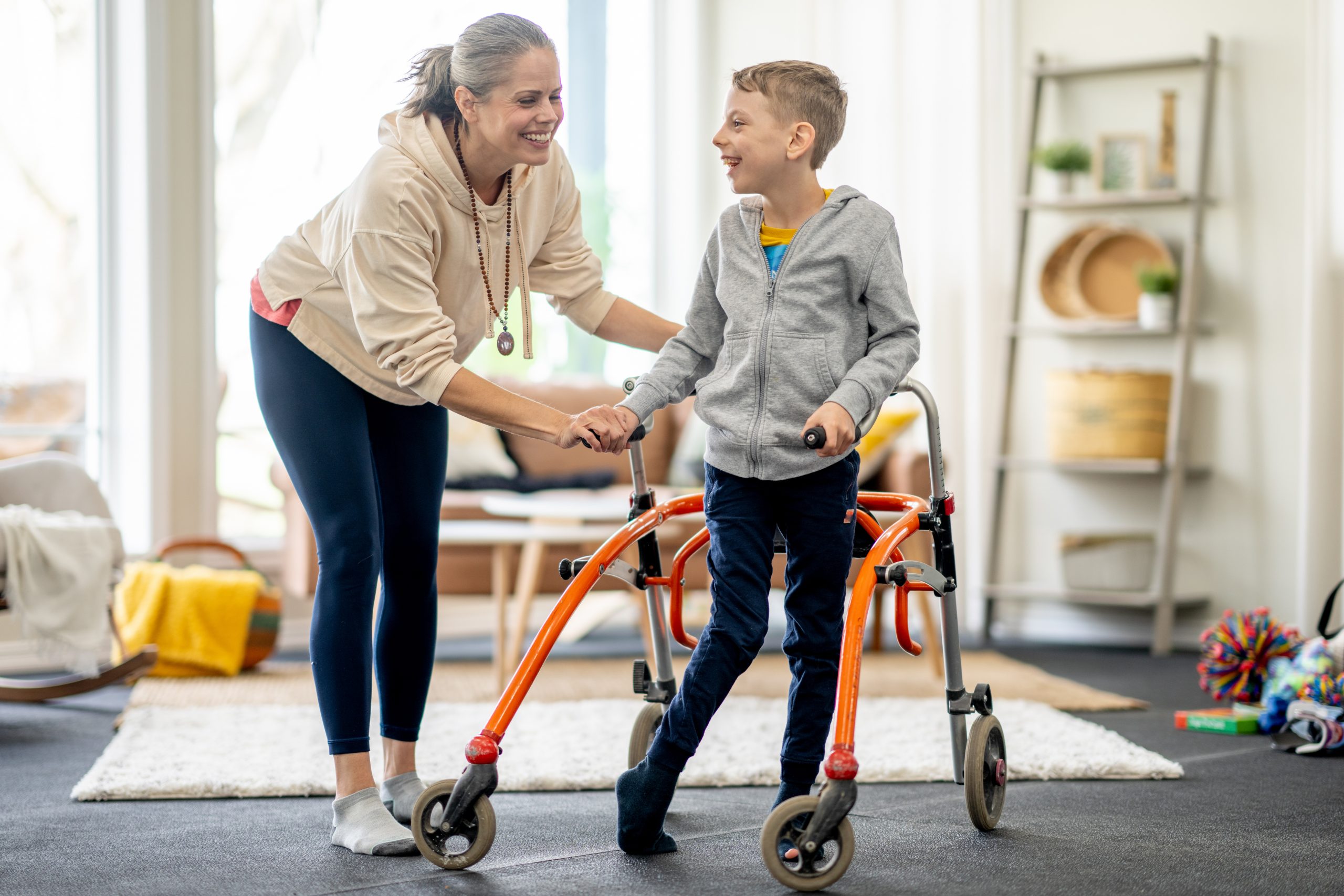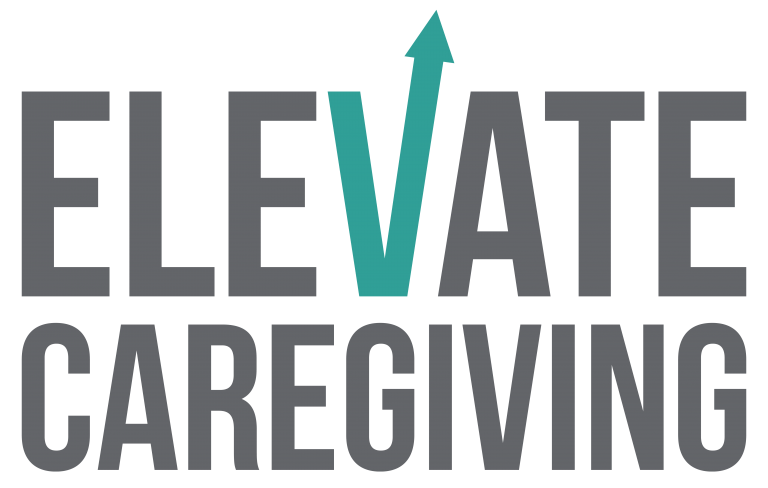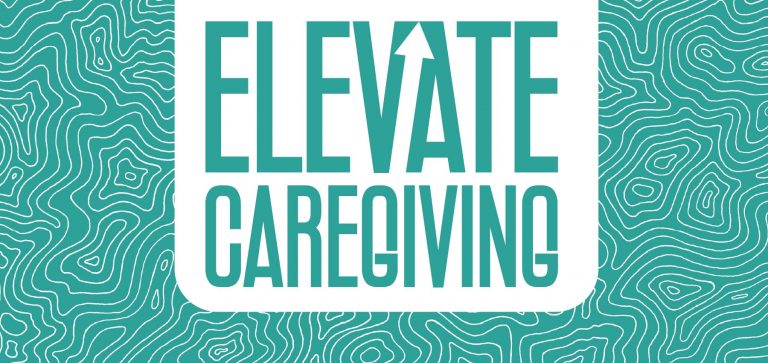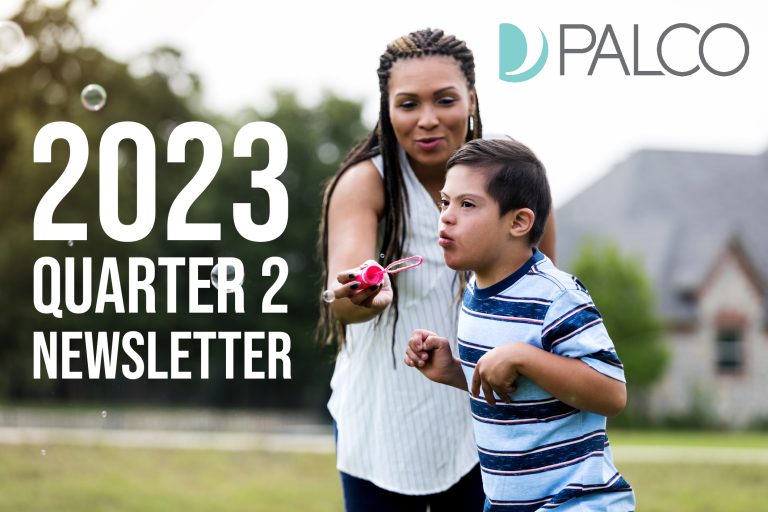Opinion: If you are not promoting self-direction, you are actively contributing to the direct care workforce crisis
Imagine you’re at a restaurant, hungry and ready for a great meal. Your server asks you what you’d like to eat without ever handing you a menu. When you ask, she tells you about the hamburgers and chicken dishes they have to offer, but she decides to omit telling you about their spaghetti because she doesn’t like it and it’s more work for the kitchen. Spaghetti is your favorite, but you don’t know that the restaurant offers it, because you weren’t informed.
Much of our home and community-based services (HCBS) and long-term care services are this way. There are many options for care, but Case Managers can act as gatekeepers to informing participants about all of the services and supports they’re eligible for. Often swayed by their own opinions and biases, information about services a recipient is eligible for may or may not be shared with them based on the messenger.
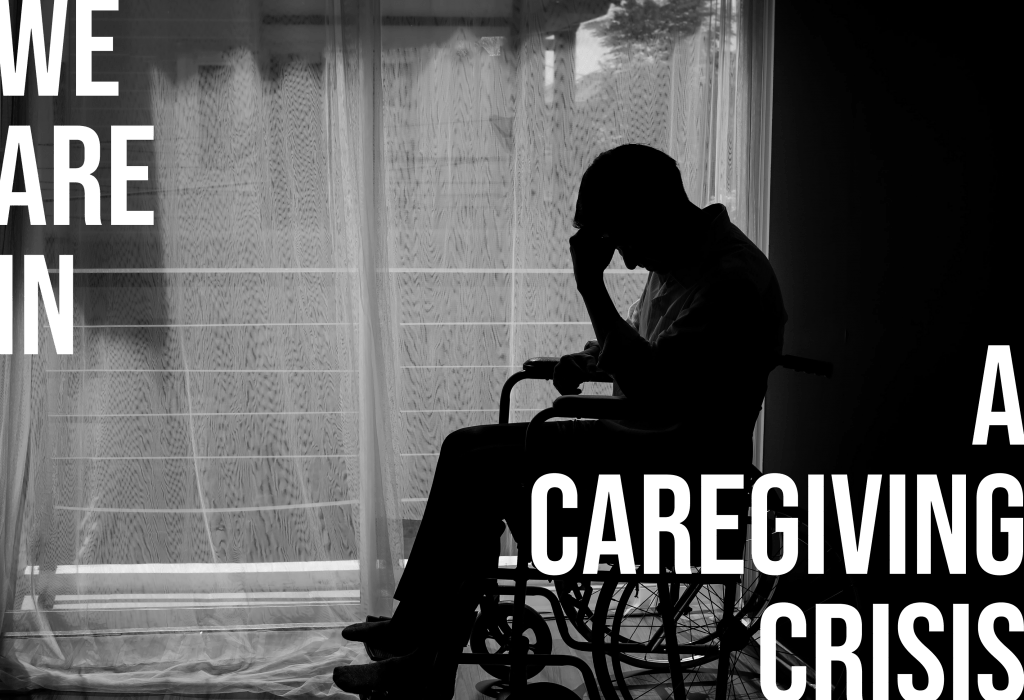
We Are in a Caregiving Crisis
Every day, we hear about the direct care workforce crisis and the growing demand for in-home care support with a lack of caregivers. According to PHI, in 2022, there were 4.8 million direct care workers (DCWs). That may sound like a lot, but there is a well-documented lack of DCWs across the country. The state of Nebraska alone reported a shortage of 711 workers in a study published in January. In a 2023 survey, 77% of I/DD providers reported turning away new referrals due to staffing shortages. To make matters worse, it is estimated that over 1 million new direct care jobs will be added by 2031- dramatically widening the gap between those who need care and the pool of people able to provide it. The demand of this workforce category more than any other occupation in the United States.
Topics and solutions often floated to address these problems include improving wages/reimbursement rates, adding benefits, and creating more avenues for access to care. But what about promoting an option for care that allow care recipients to tap into their existing care circles, such as family and friends?
If we do not encourage the use of self-direction to expand the delivery of services and grow the pool of caregivers, we will soon face an even larger crisis. We’re on the precipice of unnecessary nursing home placements and mass Olmstead Act violations, not to mention the diminishment of person-centered practices that enhance the quality of lives of the people we serve.

What is Self-Direction?
Self-direction is a service model that allows a person to receive care in their own home. It is often an alternative to assisted living or nursing homes. All 50 states offer self-direction in their Medicaid waiver programs, but access to services may vary by state. Many programs offer the Medicaid service recipient the greatest flexibility, choice and control over how their services are delivered, making it the most person-centered and quality way to get in-home care needs met. With the support of a qualified Financial Management Service (FMS) provider, the service recipient is empowered to recruit qualified caregivers and providers to deliver their approved services, in part growing the caregiver/provider applicant pool and helping to decrease the gap. Often with self-direction the recipients spouse, parent, neighbor or friend may become the caregiver in an untraditional sense where they would not have done so normally. The boulder of the workforce crisis is large, but if we all lift it together, it becomes more manageable.
Self-Direction is Bigger than Just Caregiving
National Community First Choice (CFC) initiatives are changing the delivery of HCBS services. We are hopeful to see more services becoming available as a self-directed service delivery option, but what do we do in the meantime?
Some states and organizations have taken it upon themselves to advocate for policy adjustments. They’re working to integrate self-directed delivery into other services such as transportation, home modifications, and assistive technology/devices. And why not? Service recipients should be able to pick and choose the services that best meet their needs.
Cumbersome provider enrollment processes and bureaucratic red tape have created roadblocks for those in need of services. We must not tolerate these barriers any further.
Beyond delivering person-centered services that improve recipient outcomes, self-direction may also improve the outcomes of family caregivers according to a very recent article, Self-Directed Home and Community-Based Services Improve Outcomes for Family Caregivers: A Systematic Review, The Gerontologist, 2024;, gnae068
Traditional Models Don’t Work Everywhere
The amount of resources and support it takes to enroll as a Medicaid provider can be overwhelming. All too often, it doesn’t make sense for the bottom line of small businesses. This can result in at-risk populations being underserved.
Imagine you are willing to see three service recipients in your rural area. You’re willing to accept the reimbursement rate that is 25% less than what you would make privately, but you have to add on the hours of systematic billing and eligibility checks that come along with being a provider. Suddenly, the solution to meet the needs for services in a disadvantaged community is diminished.
Self-direction can be the solution to making sure eligible and willing providers in the communities of those who need care are connected and administrative burdens do not deter providers from reaching underserved communities.

Self-Directing is Simpler than You May Realize
Financial Management Service (FMS) vendors handle a lot of the more complex parts of self-direction. For example, Palco can verify provider credentials and issue payments for approved Medicaid services—all without the blockages of the traditional system.
We help participants hire employees, monitor for fraud, and collect required documentation for their program. Our enrollment process is fast and easy. Our blog offers resources on many topics, including how to recruit quality caregivers and how to navigate an IEP. Plus, to help combat the workforce crisis, we started PalCare, a free-to-use job board that connects participants and caregivers to each other.
An FMS can serve as an advocate, a resource, and a listening ear. Whether they’re in the program for 10 days or 10 years, we are there to help them live their best lives.
Care isn’t One-Option-Fits-All
While self-direction is not the solution for everyone, it should be offered to everyone who qualifies. Program policy makers should center their program operations around ensuring everyone has access to self-direct and that they are informed of their ability to self-direct.
When we don’t ensure informed decision making of all options and the promotion of creative outlets for service delivery, we are missing opportunities to strengthen the workforce and in concurrence, contributing to a workforce crisis growing day by day.
Behind every Medicaid Recipient ID number, there is a person who has lived a unique life. They’ve likely had successes and difficulties that are specific to their individual world—a world of which they are the expert. They should be informed of all options. And, they should be involved in the planning of their long term services and supports.
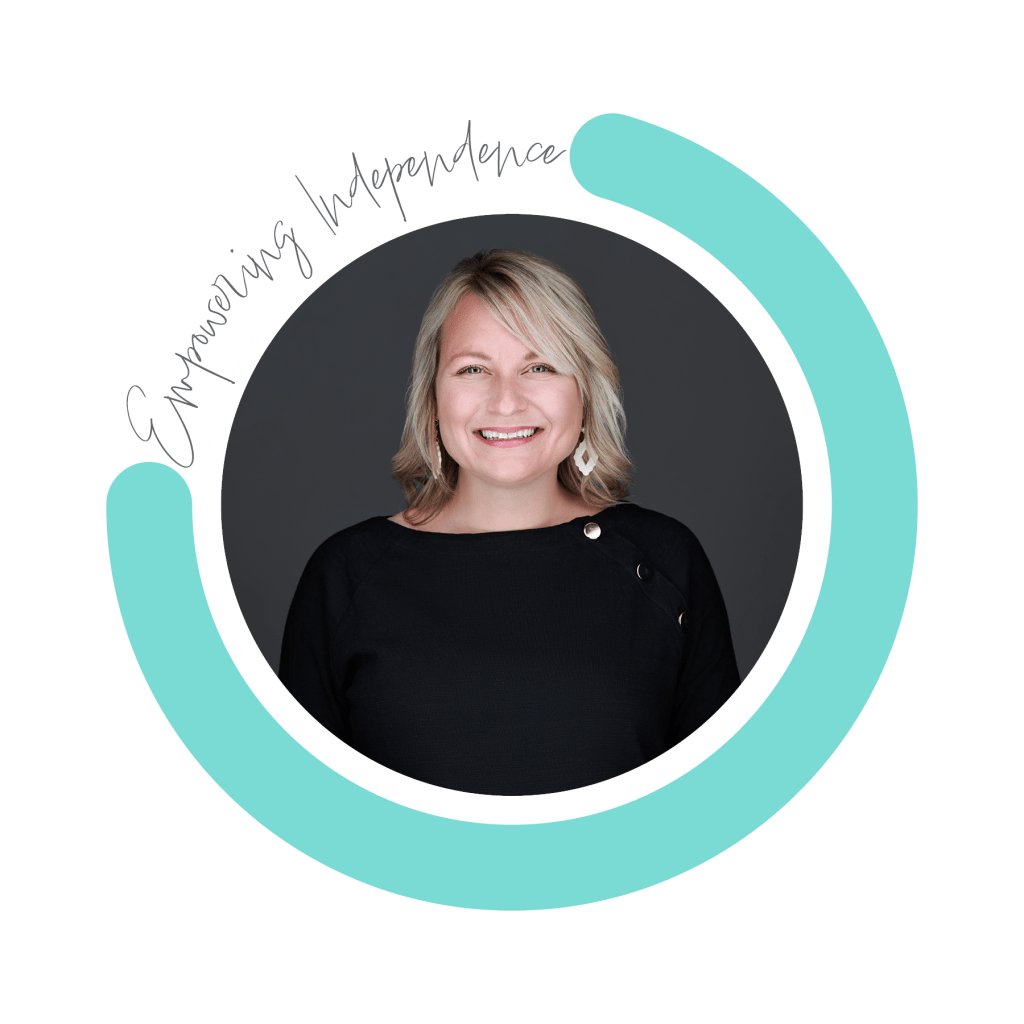
by Kady Predota
Vice President of Operations

